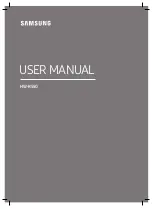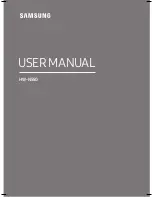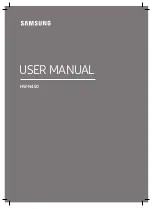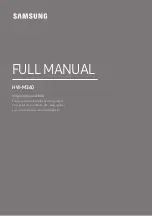
BG Corp 2005
5
Radia Line-Source Loudspeakers
The operating principle of the Radia planar ribbon loudspeaker is one in
which the magnetic circuit, or motor, drives the radiating surface directly
rather than through an indirect path from voice coil to former to cone, or
dome. The mass of the diaphragm is less than the air that it drives which
provides exceptional detail, transparency and control. Using an advanced
push-pull motor, the Radia Series loudspeakers’ performance is further
enhanced by virtue of its highly linear drive principle whereby force on the
diaphragm is applied in a uniform fashion.
These planar ribbon drivers have an aperture width of only 1.25” providing
wide horizontal coverage, eliminating the “trial-and-error” method common
to other ribbon and electrostatic loudspeaker placement.
Radia Series loudspeakers are complete systems. Each contains a planar-
ribbon driver and complementary mid-bass system with integrated passive
crossover network. All are compatible with current home theater standards.
Using the directionality of the Radia Series allows unprecedented sound
field control. The uniform application of acoustic power provides coverage
and intelligibility unavailability from conventional loudspeaker systems.
Line Source vs. Point Source
A significant characteristic of the line-source loudspeaker is its ability to
maintain SPL over distance that attenuates (reduces volume) only half as
much as a point source (horn, cone, dome, etc.) that is, at a rate of -3 dB
per doubling of distance. The relative sensitivity of an 88dB line-source
loudspeaker measured beyond 4 meters is greater than 90 dB/1w/1m.
Relatively high SPLs at a distance does not mean excessive SPL closer to
the loudspeaker. The cylindrical coverage minimizes lost acoustic and
amplifier power, unwanted sound energy beyond the immediate sound
field, and eliminates ceiling and floor reflections– thus power loss. Radia
Series line-source loudspeakers also operate as one-way loudspeakers
above their bass crossover point achieving the ideal of coherent, consistent
amplitude (loudness) and phase response.
For additional technical information, please request a complimentary copy of Keith Yates’ white paper on
planar ribbon technology.
Technical
Содержание Radia R-LCRi
Страница 10: ...BG Corp 2005 10 Installed Height...
Страница 12: ...BG Corp 2005 12 www bgcorp com The Power of Clarity...






























